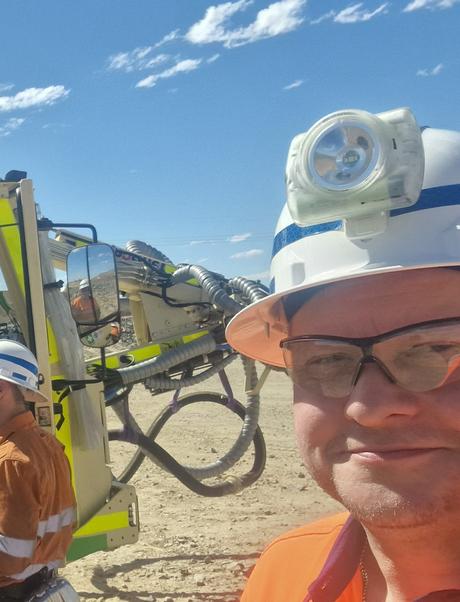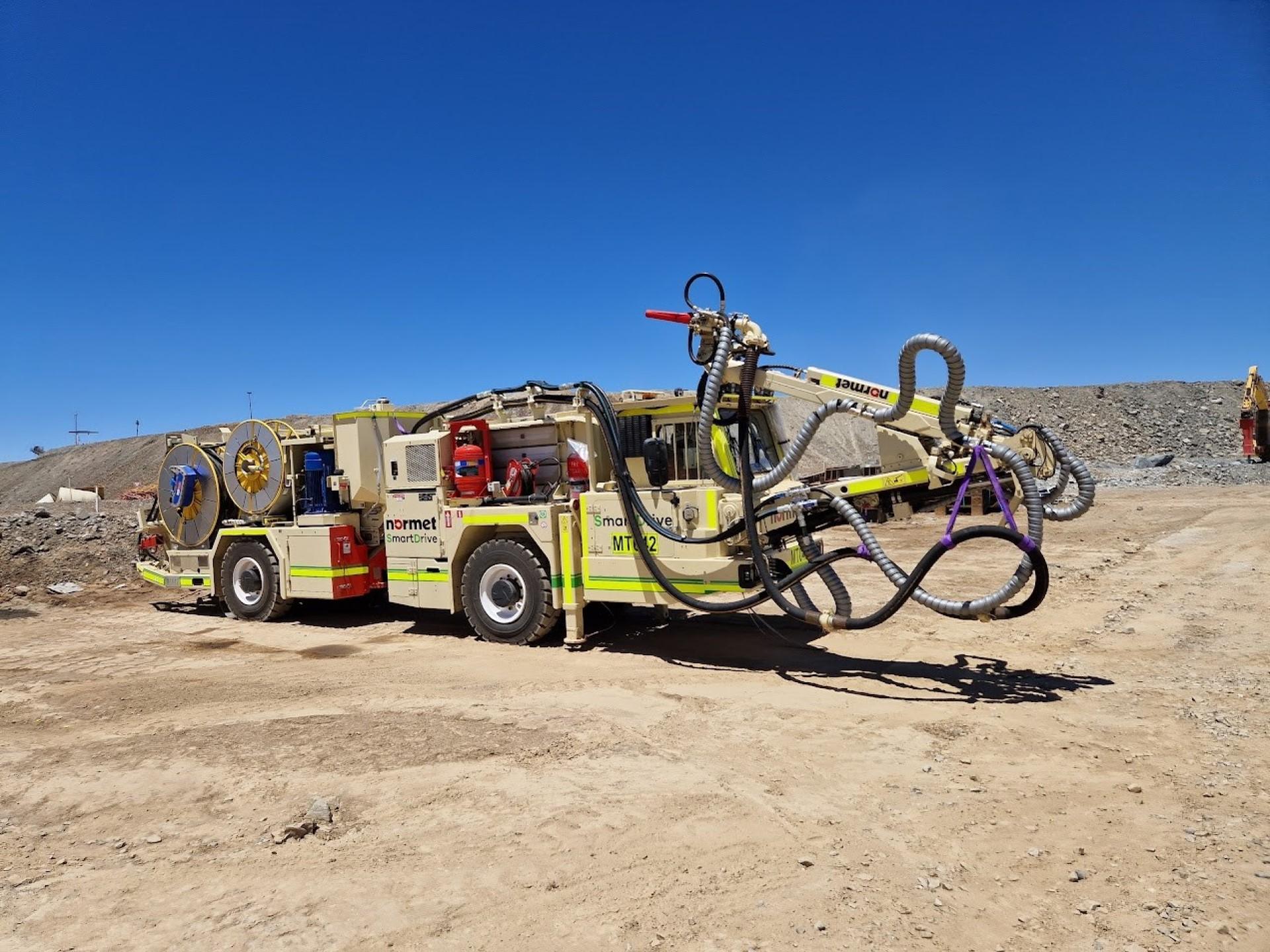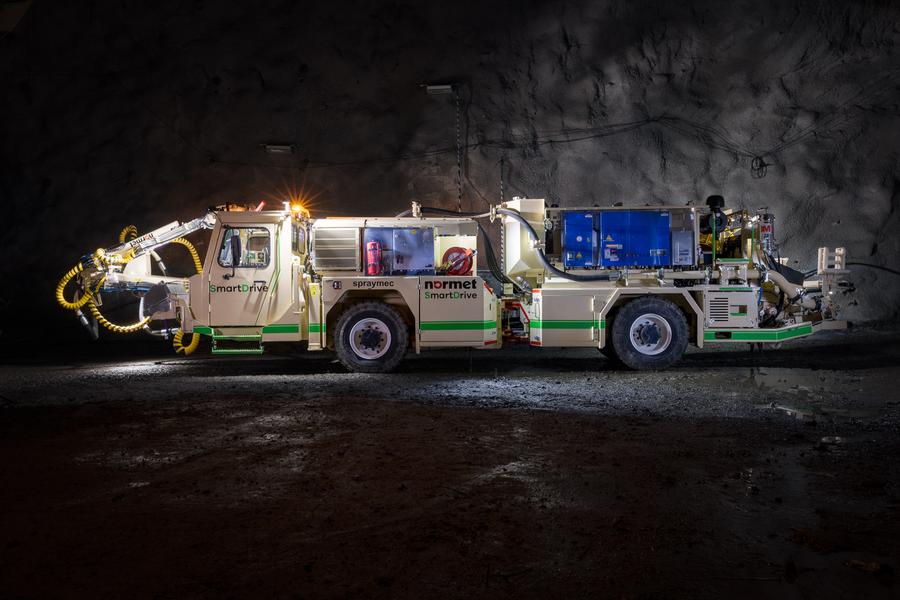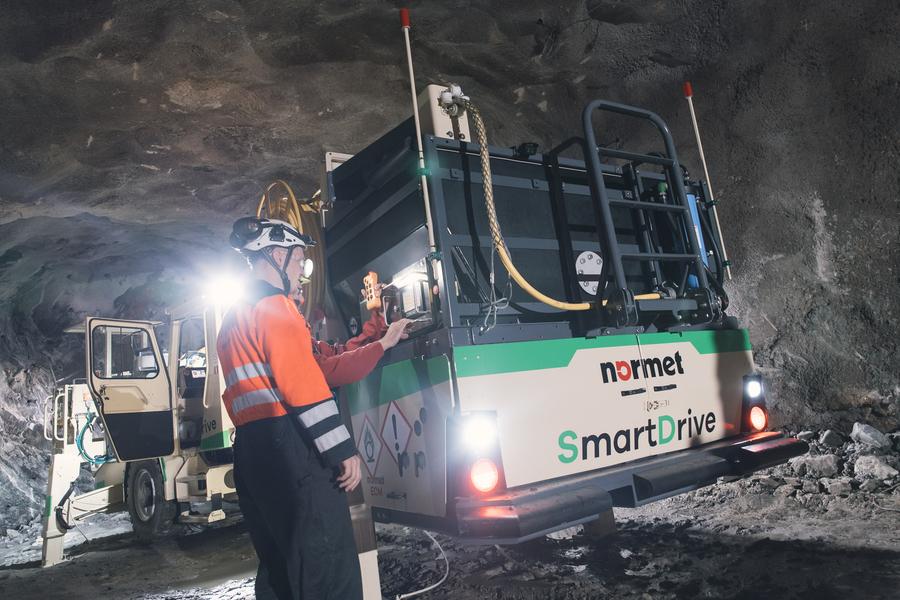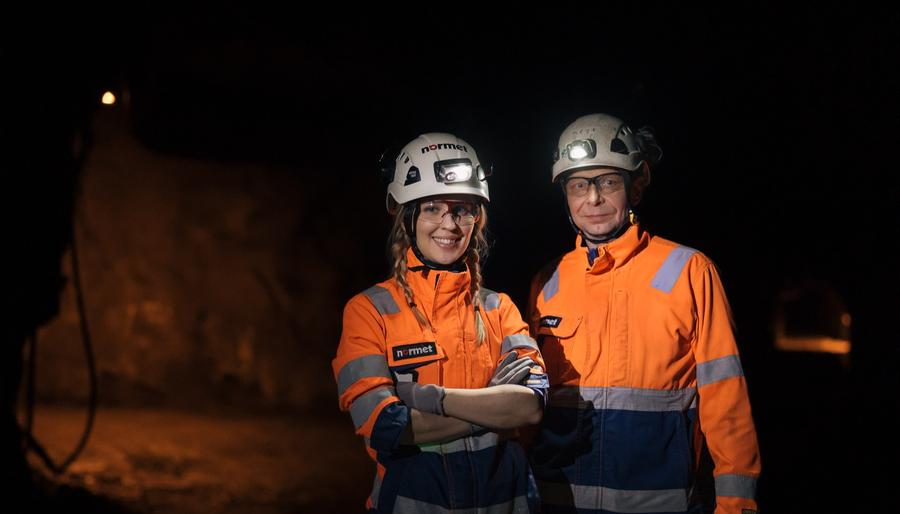February 20, 2024
Bringing BEV machines to underground mines around the world
The world has changed a lot over the last decade, nowhere more so than in the field of battery electric vehicles, says Timo Oikarinen, Technology Implementation Manager at Normet. Today’s technology makes commissioning and operating BEVs more attractive than ever.
Electric vehicles in a changing world
“We have seen a lot of changes in the mining and tunnelling industry over the past decades,” says Oikarinen from his office in Iisalmi, Finland, “and I’m lucky enough to have observed these changes first hand.” As Technology Implementation Manager at Normet, he is responsible for being part of development teams for new technologies such as electric machines, and acting as an interface of sorts between the customer and Normet’s R&D and production departments.
“Ten years ago, the world we operate in was totally different,” he continues. “Previously, we had diesel powered machines with traditional systems, and the goal was almost to reduce the number of electrical systems and automation as much as possible. Today, it’s completely the opposite.”
As trends outside the industry have changed, so have they impacted the working environment within mining and tunnelling. “We have all seen that the number of electric cars on the road, for example, has increased a lot recently. Because the technology is more widespread in general it has become easier to convince customers of its advantages,” he continues. “This has been useful in mining because it is traditionally an industry that is slow to adopt to new technologies and possibilities.”
Often, safety concerns contribute to this reticence. The underground environment is anyway inherently dangerous, so introducing new technologies or methods of operation can be difficult if the safety element is felt to be uncertain. In terms of battery electric vehicles (BEVs), however, these concerns have now been overcome. “BEVs actually contribute to safety more than traditional operation,” Timo explains. “There is less chance of fire than with diesel vehicles as there are no hot spots on the electric vehicle which could cause fire. And of course, the fact that there are zero local emissions and less heat generation makes a big difference for the operator’s health and wellbeing and results in lower ventilation costs.”
Building for the conditions
Even though electric vehicles are in general becoming more widespread, the hardware must still be built for the conditions. “In Normet’s case, we have built our machines from the ground up. Our control system is designed to support the safety of the whole machine which is naturally of prime concern. We have spent a lot of time opening our solutions to prove their safety and productivity to our customers.”
It’s not only the vehicles themselves that must be adopted, but the entire infrastructure and support that comes along with it. This involves working with partner companies to develop charging stations, for example, that can withstand the rugged conditions and hard use that they are exposed to. Also, overall mining trends bring with them challenges to be overcome as well as opportunities. Deeper mines mean more heat and hazardous environments and therefore an increased need for purpose-built electric vehicles.
The support throughout a project’s lifecycle is a vital part of Normet’s customer-focussed philosophy. “Without support there is no future in BEVs. It’s really a key element,” Timo explains. “We have been developing our customer support team along with the technology and have made sure that all time zones are covered by our local technical support.” The actual operation of BEVs, meanwhile, has been simplified. Along with a comprehensive training programme, this ensures an effective and ergonomic work environment. “Because we still need the operators to work with the machines, we use our simulators and other training tools to make operation as intuitive as it can be. Education and increasing the availability of skilled workers is an important part of our service offering.”
For Oikarinen and Normet, BEVs are one important step on the road to deeper automation and digitalisation underground. The latter is, in some ways, the glue that binds all these elements together. “We stress to our customers the importance of remote monitoring and data collection when using BEVs and smart vehicles. Normet’s SmartDrive technology and control systems with remote connectivity allows us to gather data, analyse it, and propose accurate preventive maintenance solutions, reducing downtime.”
Eventually, he believes, human error will be removed almost entirely from many processes. “As has been envisioned for years already, the ultimate safety solution is to have no humans operating underground at all. There are already vehicles with larger or smaller degrees of autonomous and remote operation working underground.” As charging and battery technology improves, and adoption increases, the future looks bright for underground BEVs.
About the author
